Salmon Steaks with Artichokes and Dill Caper Hollandaise
Courtesy of Chef Craig Plainfield
Serves 4
For the salmon
- 4 salmon steaks, 2-inches (5 cm) thick, bones left or removed*
- ½ cup (120 g) kosher salt
- ½ cup (100 g) brown sugar
- 1 tablespoon (15 ml) Applewood liquid smoke
- ½ teaspoon (2.5 ml) freshly ground pepper
- 1 teaspoon (5 ml) chopped fresh dill
- 1 to 2 tablespoons (15 to 30 ml) olive oil, for grilling
For the hollandaise
- 3 egg yolks
- 4 ounces (one stick/ 114g) butter, melted
- ½ teaspoon (2.5 ml) salt
- ½ teaspoon (2.5 ml) Dijon mustard
- 1 tablespoon (15 ml) lemon juice
- 1 tablespoon (15 ml) chopped fresh dill
- 1 tablespoon (15 ml) chopped capers
- Additional salt, lemon juice, and/or dill to taste
For the artichokes
- 4 artichokes, trimmed and choke removed
- Lemon juice
- Salt and pepper to taste
DIRECTIONS
- Cure the salmon:
- Mix the salt, sugar, pepper, dill and liquid smoke together to form a paste.
- Smear this paste all over the steaks to cover them as much as possible. If you can’t get them completely covered just make more paste.
- Put the salmon steaks onto a plate, cover with plastic wrap (cling film) and refrigerate for not longer than 1 hour.
- Rinse the steaks completely free of the paste and pat them dry with paper towels (kitchen paper).
- Put the steaks (two at a time) into cooking pouches and vacuum seal them. Refrigerate the pouches until ready to cook.
- Meanwhile, prep and cook the artichokes, according according the recipe here, but substitute the Hollandaise in this recipe for the Lemon Butter.
- Once the artichokes have cooked, drop the temperature in the water oven to 149F/66C to make the Hollandaise sauce.
- Put the eggyolks, butter, salt, mustard, and lemon juice into a glass canning jar and tightly seal with a ring and cap. (You can also use a zip-closure cooking pouch, remove the air using the displacement method and zip the seal.)
- Submerge the jar (or pouch) in the water oven to cook for 45 minutes.
- Remove the hollandaise, open, and add the dill and capers.
- Pour the sauce into a blender or food processor and emulsify until it is thick and smooth. (If you have an immersion blender, you can put it directly into the glass jar to emulsify. Do not attempt to blend in the zip-closure pouch, as the blades could cut the pouch.)
- Put the sauce back into the jar or pouch, seal, and return to the water bath to keep warm while the salmon cooks.
- Return the pouch of cooked artichokes to the water oven to re-warm.
- Lower the temperature in the water oven to 134F/56.5C or your preferred temperature for salmon. (Rare 116F/47C; medium rare 126F/52C; medium 140F/60C. If you like your fish a little more done than medium you can adjust with time spent on the grill at the finish.)
- Submerge the pouches of salmon in the water oven to cook for 1 hour, alongside the hollandaise and artichokes.
- Meanwhile fire a well-oiled grill or grill pan to very hot.
- When the salmon has cooked, remove it and the artichokes to a tray that you can take to the grill. Leave the sauce in to keep warm.
- Remove the twine or rubber bands from the salmon, if needed.
- Brush both the artichokes and salmon with a little of the olive oil. Season the artichokes with salt and pepper. The salmon should be seasoned enough from the cure.
- Put the steaks and artichokes (flat side down) and let them sear for 30 seconds to 1 minute on each side, until they are golden. If you like your fish more than medium then continue to grill them until they are as cooked as you like.
- Remove to a warm serving platter, arranging the artichokes around the salmon flat side up.
- Remove the sauce jar from the water oven and drape the sauce over the salmon and artichokes.
- Serve the rest of the sauce in a separate dish.
- You can garnish your platter with lemons, branches of fresh dill and a sprinkle of course sea salt (maybe even smoked salt) for crunch.
- Serve immediately.
*How To Bone the Salmon Steak
The salmon steaks can be left with the bones in or you can debone them to make nice round ‘steaks’ as shown in the video. Here’s how.
- Insert a sharp knife through one ‘flap’ just below the center bone and remove the bones from the flap by sliding the knife down its length just under the bones. Repeat with the other flap.
- Lift the skin from each flap, starting at the loose end, inserting the knife blade across the flap, keeping it just above the skin and running the blade along the length of the flap to the level of the center bone. Repeat with the other flap. Do not cut away the skin flaps.
- Tuck the flesh of each flap to the center to fill the space left by removing the center bone and wrap the skin flaps around the perimeter to make a nice round ‘steak’.
- Secure the steak around its circumference with twine or a large rubber band to help keep the shape.
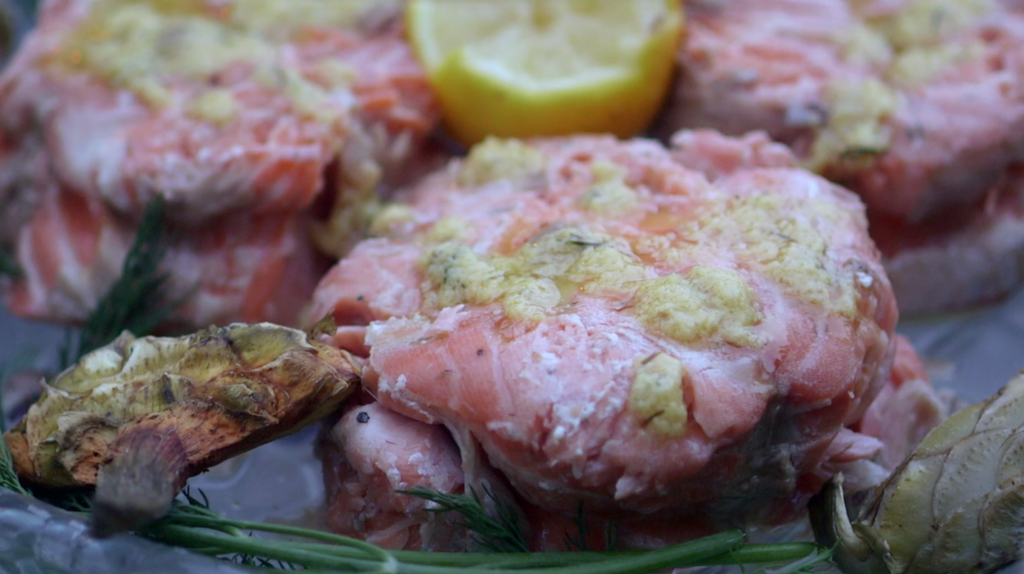







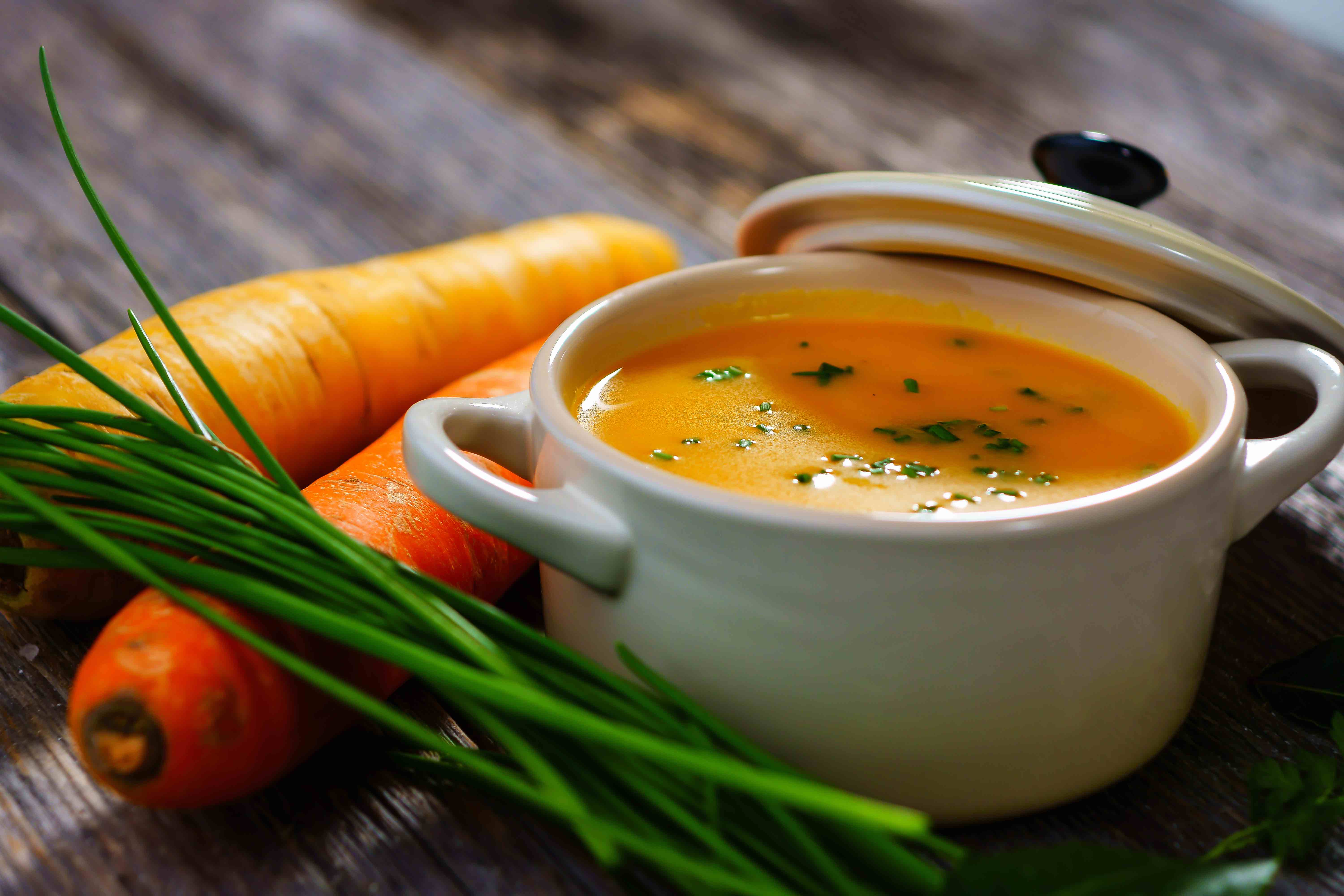
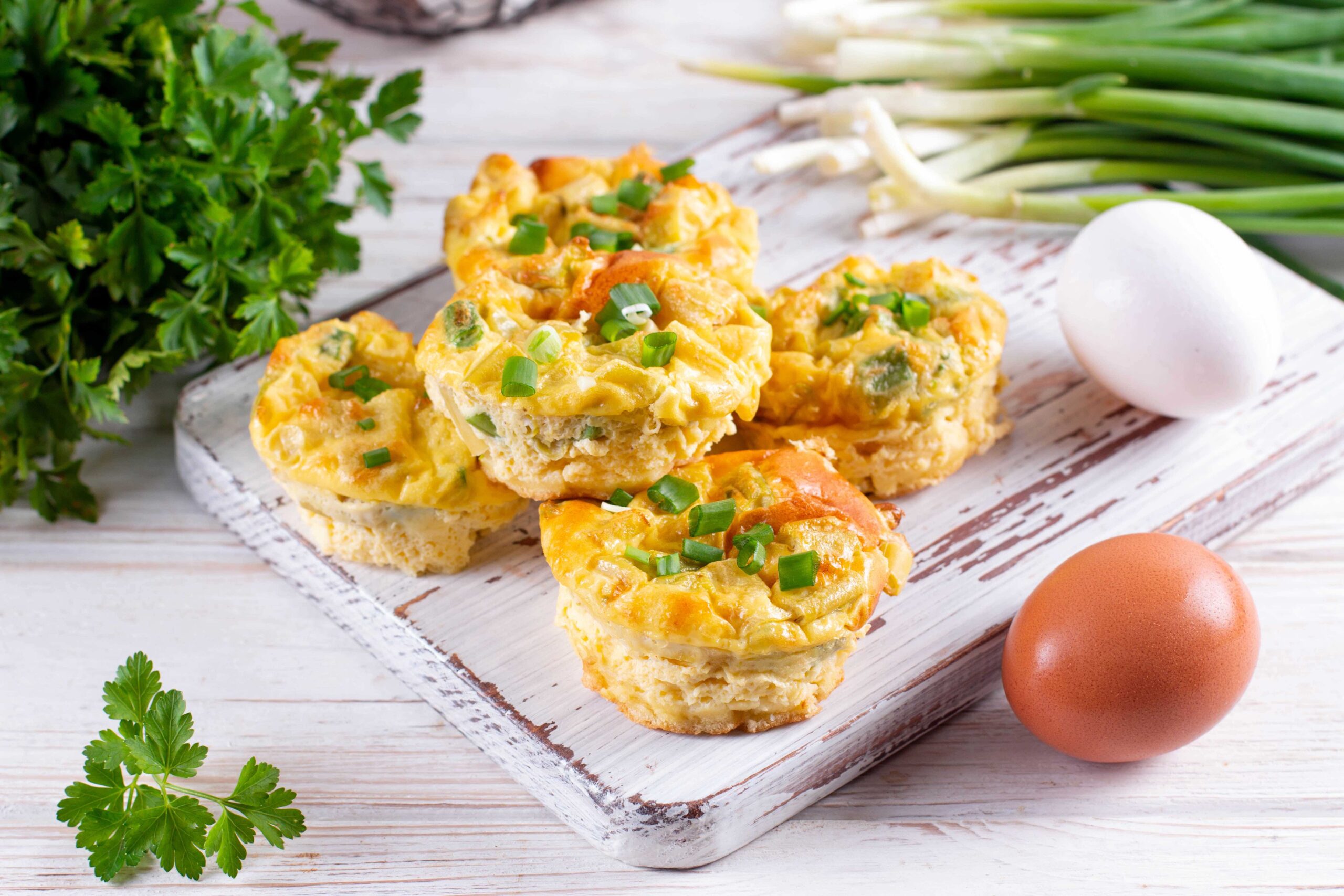
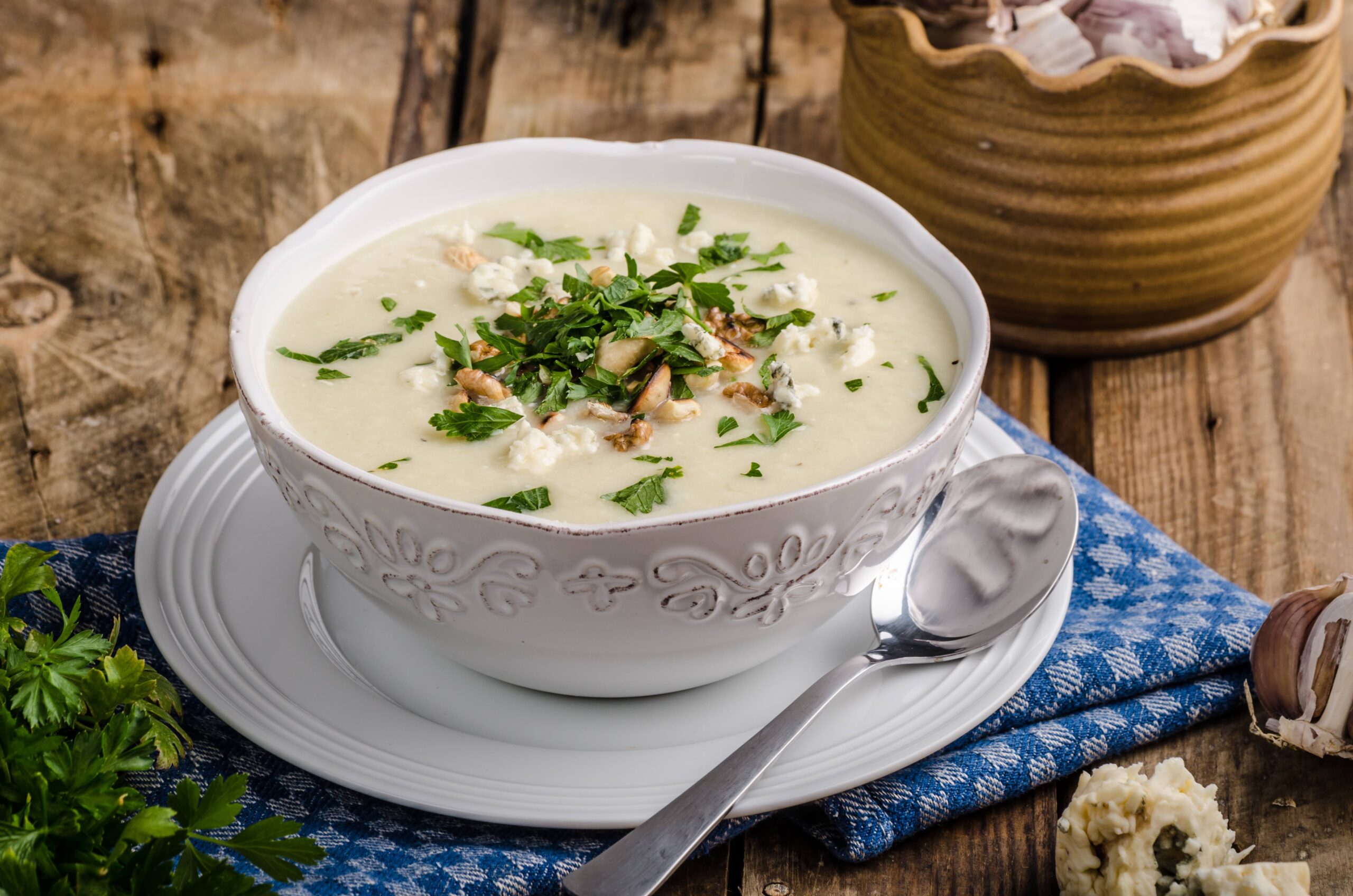

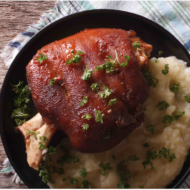
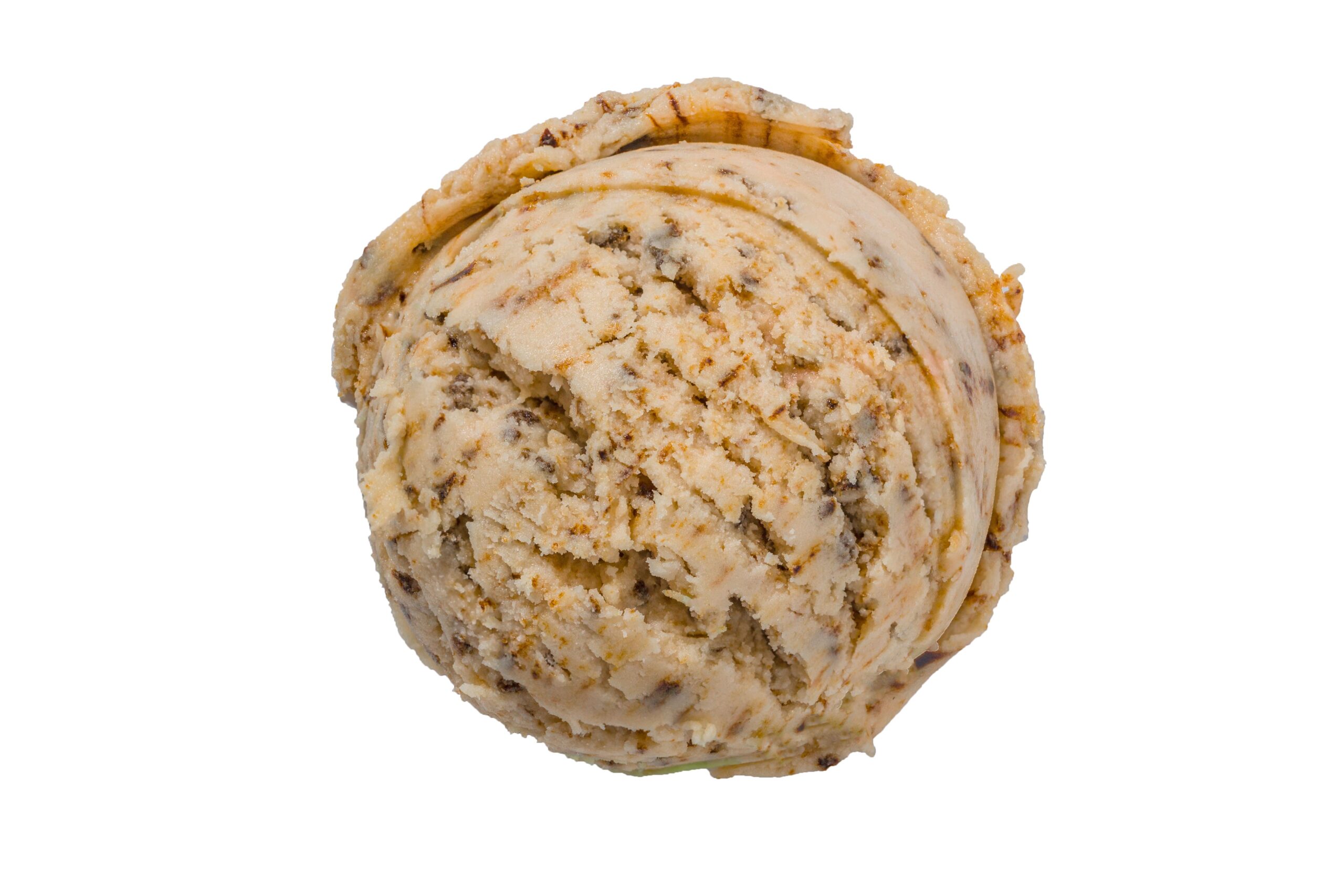
 Easy Returns & Exchanges
Easy Returns & Exchanges Shipping Rates & Info
Shipping Rates & Info Satisfaction Guarantee
Satisfaction Guarantee Contact Us
Contact Us Email your questions to
Email your questions to 
